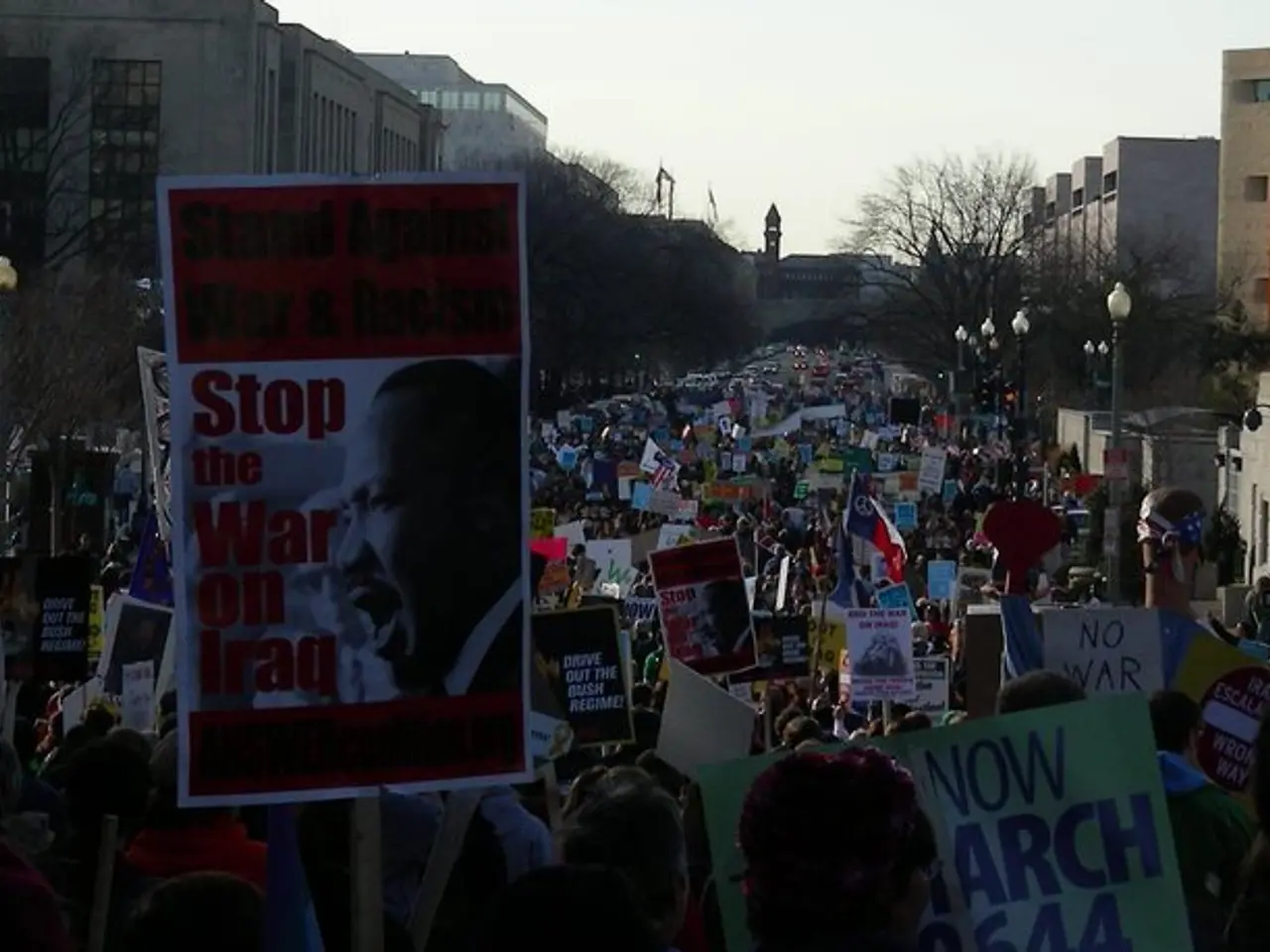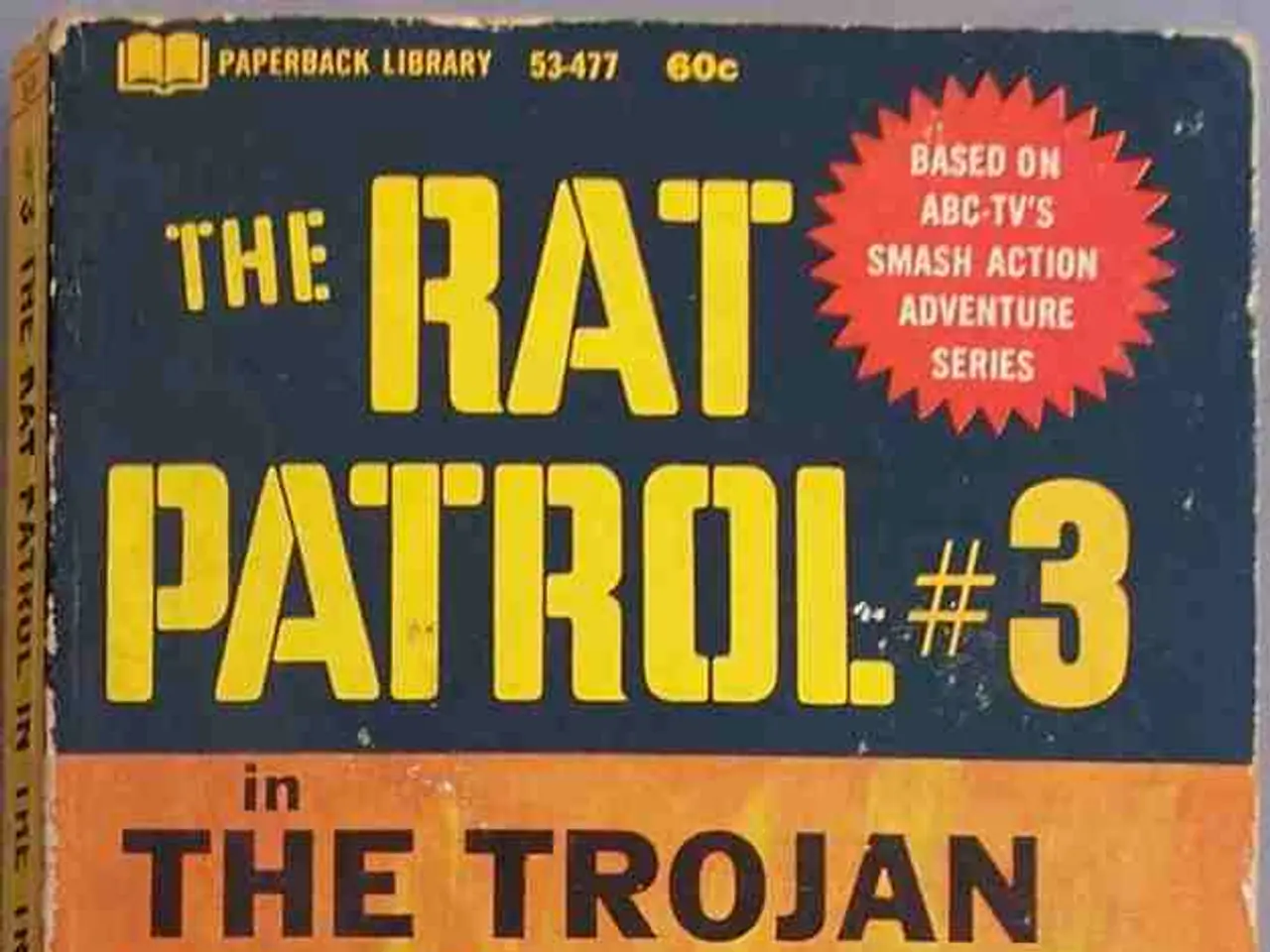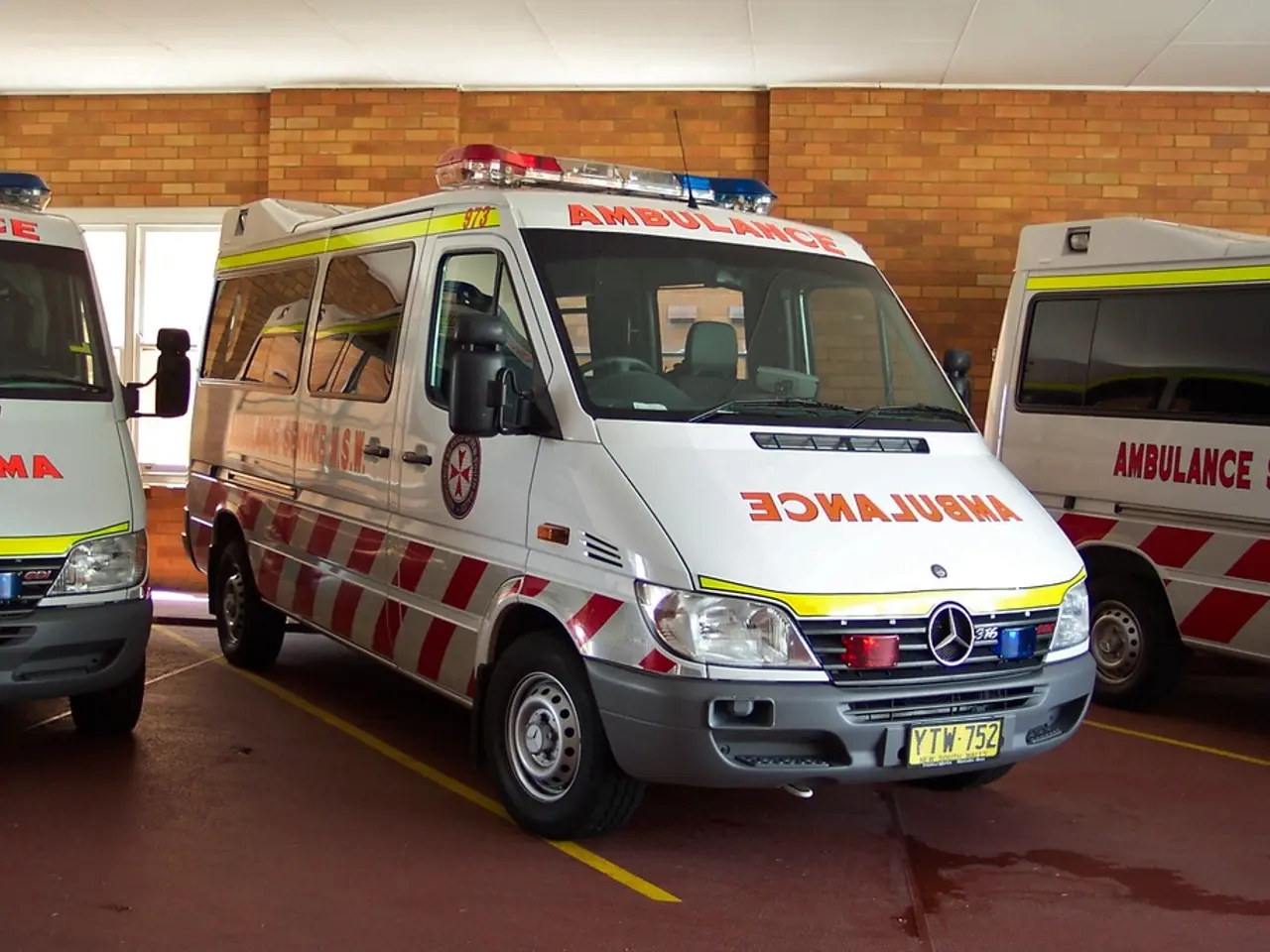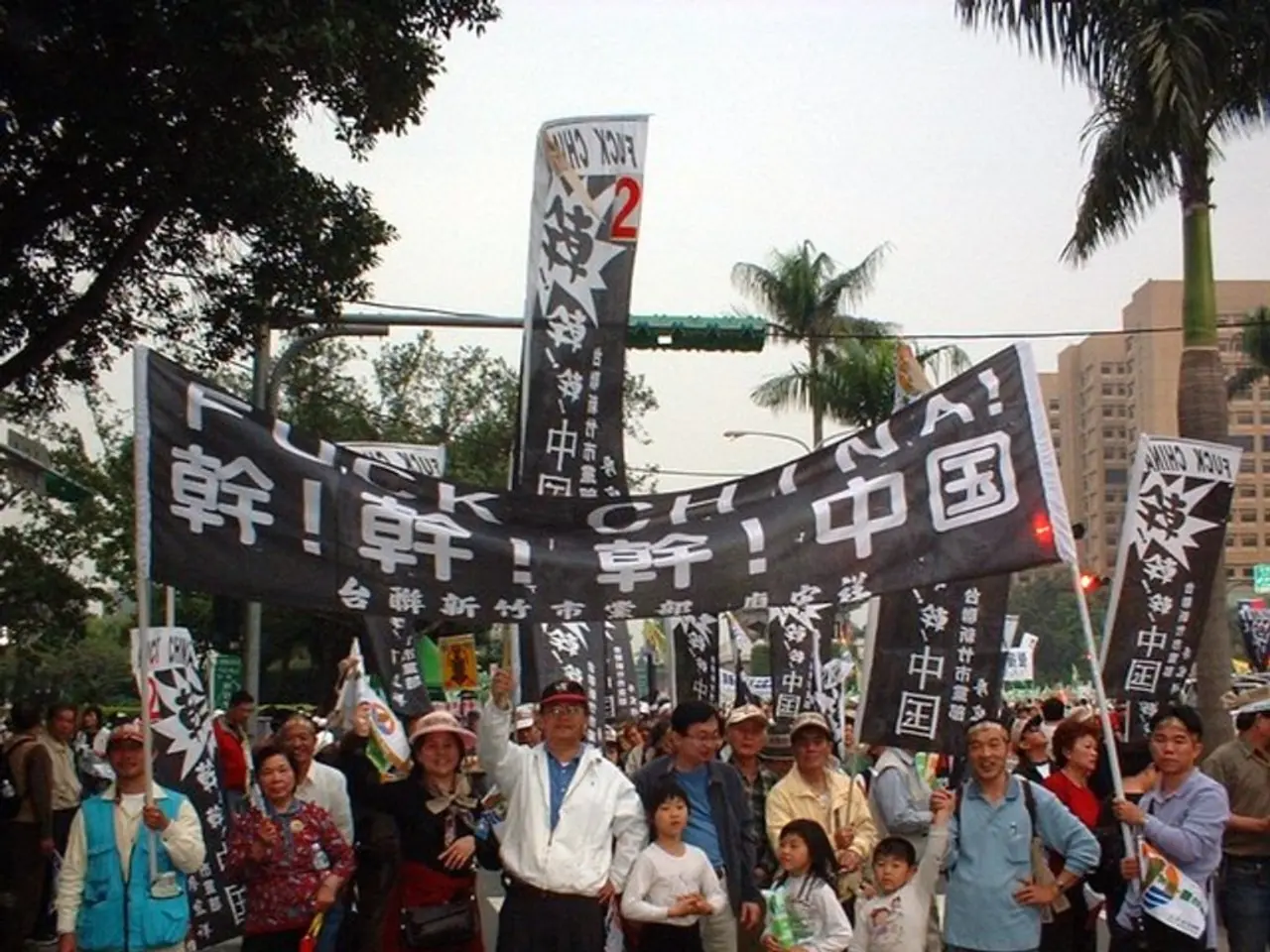Demonstrations: Initiate Your Understanding Here
In the face of authoritarianism and potential coups, it's essential to understand the strategies that can help fight back. This guide offers a wealth of resources and insights for activists, human rights defenders, and peacekeepers alike.
Preparing for Action
A media checklist, designed to help prepare for traditional and social media in the lead-up to an action, is a valuable tool. Additionally, a practical guide equips action peacekeepers or event marshals with essential skills such as de-escalation techniques, crowd coordination, and safety strategies.
Staying Safe
Tips on how to stay safe as an activist and human rights defender are provided, ensuring that individuals are well-equipped to navigate potentially dangerous situations. The Melbourne Activist Legal Support outlines the elements of legal support and why it's crucial for activists.
Navigating Protest Criminalization
Australian climate activists have successfully navigated years of increasing protest criminalization, revealing strategies for all to follow. Greenpeace has also produced a guide in response to requests for advice on protest tactics, digital, and physical security against militarized police forces.
Creating a Thriving Direct Action Group
A 'recipe' for creating a thriving direct action group is presented, based on George Lakey's experiences. Building broad coalitions across social and political groups enhances success by increasing legitimacy and reducing divisions.
Documenting and Amplifying Your Movement
Ideas for activists to archive their movements & moments are listed, including archivist activist backpacks, hackathons, collaborations, and crowdsourcing archives. Resources are provided to help activists get clearer on communication channels to use and how to develop compelling framing and messages.
Live Tweeting at Rallies and Marches
Tips for live tweeting at rallies and marches are provided, with relevance to other platforms. A guide about how to archive a protest is offered, including a checklist and tips of what to think about before, during, and after a protest.
Discussing Demonstrations
A guide is offered for discussing demonstrations, with messaging tips to support spokespeople responding to news stories around demonstrations. An example of a risk assessment template by Friends of the Earth UK is provided.
Understanding Protest Movements
Research on what makes a protest movement successful is presented. The success of a protest movement, especially nonviolent ones, depends on several interrelated factors such as resource mobilization, broad participation and scale, opportunity structures, nonviolence and strategic discipline, collective identity and commitment, hope and perceived feasibility, and legitimization of the movement’s goals.
Resources for Nonviolent Direct Action
Resources for nonviolent direct action are provided, emphasizing the importance of nonviolence and numbers. A research report finds about the right to protest in Australia by the Human Rights Law Centre including recommendations to government. The effectiveness of protest movements is discussed, with insights on how direct action campaigners can use mainstream media and social media, based on the experiences of two Australian groups: Blockade Australia and Disrupt Burrup Hub.
Legal Rights and Police Practices
The legal rights and police practices in the US for protesters are explained. Resources are provided to help activists get clearer on communication channels to use and how to develop compelling framing and messages. Resources for documenting and amplifying police brutality during the Black Lives Matter movement are included.
Books for Activists
For those interested in activism, social change, and justice, books to read are suggested. This guide serves as a comprehensive resource for those seeking to make a difference in their communities and beyond.
- Organising a media checklist can aid in preparing for traditional and social media during an action, serving as a valuable tool.
- For action peacekeepers or event marshals, a practical guide offering skills such as de-escalation techniques and crowd coordination is beneficial.
- Strategies for navigating protest criminalization have proven effective for Australian climate activists, offering insights for all.
- George Lakey's experiences provide a 'recipe' for creating a thriving direct action group, emphasizing the value of broad coalitions.
- Activists can use resources to archive their movements and moments, such as archivist activist backpacks and collaborations.
- Tips for live tweeting at rallies and marches are available, with relevance to other social media platforms as well.
- A guide for discussing demonstrations with the media includes messaging tips to support spokespeople during news stories.
- Research suggests that protest movement success depends on factors like resource mobilization, broad participation, and nonviolence.
- Resources for nonviolent direct action are plentiful, including guides on how direct action campaigners can use mainstream and social media effectively.
- Books such as "This is an Uprising" by Mark Engler and Paul Engler and "StrategicAction for a Just and Sustainable World" by George Lakey offer insights for activists, human rights defenders, and peacekeepers.
- To better understand police practices and legal rights for protesters, resources on the US legal system and documenting police brutality are provided, particularly in the context of the Black Lives Matter movement.






